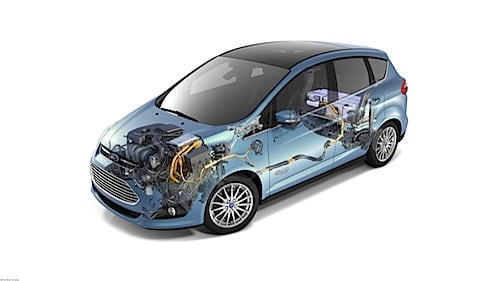As cities grow and vehicle numbers surge, the need for improved road safety measures has never been more critical. One of the most promising advancements in this arena is enhanced radar detection technology. This tech innovation holds the potential to make our roads safer for drivers, cyclists, and pedestrians alike.
What is Radar Detection?
Radar detection uses radio waves to determine the range, angle, or velocity of objects. Originally developed for military applications, radar technology has found its way into civilian life in various forms, including road safety systems. Traditionally, radar systems were bulky and expensive, but recent advancements have made them more compact and affordable.
Environmental Impact and Sustainability
As the world becomes increasingly focused on environmental sustainability, it is worth noting that radar systems can also contribute to greener road systems. Enhanced radar can optimize traffic management by reducing congestion and idle times, thereby cutting down on carbon emissions. Efficient traffic flow means less fuel consumption and lower emissions, positively impacting the environment.
The Evolution of Road Radar
From its military origins, radar technology has undergone significant evolution. Modern road radar systems are capable of distinguishing between different types of objects, such as vehicles, pedestrians, and obstacles. These systems can also operate under various environmental conditions, including night-time and adverse weather, making them highly reliable.
Another exciting development in radar technology is the integration of automotive radar. This technology is specifically designed to enhance road safety by providing real-time data on the position and speed of surrounding objects. Such advancements are essential for the development of fully autonomous driving systems.
Radar vs. Other Detection Technologies
While radar is a powerful tool for road safety, it’s not the only technology available. Lidar (Light Detection and Ranging) and camera-based systems are also commonly used. Each of these technologies has its strengths and weaknesses:
- Lidar: Offers high precision and resolution but can be less effective in adverse weather conditions.
- Camera-based Systems: Provide detailed visual information but require good lighting and can struggle with glare or low light situations.
- Radar: Effective in various lighting and weather conditions, offering reliable performance where other systems might fail.
The Future of Road Radar
The future of road safety looks promising with ongoing innovations in radar technology. Researchers are working on integrating radar with other systems like AI and machine learning to create even smarter and more responsive road safety solutions. Imagine a world where your car not only detects hazards but also learns to predict them based on historical data and real-time analytics.
How Enhanced Radar Makes Roads Safer
- Detection of Moving Objects: Enhanced radar can instantly detect moving objects, even those that are small or traveling at high speeds. This is essential for preventing accidents caused by unexpected obstacles.
- Adaptive Cruise Control: Many modern vehicles are now equipped with adaptive cruise control systems that rely on advanced radar to maintain a safe distance from the vehicle ahead.
- Pedestrian Detection: Enhanced radar systems can identify pedestrians even in low visibility conditions, providing advanced warning to drivers and potentially saving lives.
- Collision Avoidance: By continuously monitoring the vehicle’s surroundings, these systems can alert the driver of imminent collisions and, in some cases, take automatic action to prevent them.
Challenges and Limitations
Despite its advantages, radar technology does have some limitations. For instance, high-density urban environments can cause signal interference, potentially reducing effectiveness. Additionally, while radar can detect objects, it may not always be able to accurately identify them. Continuous research and development are essential to overcome these challenges and maximize the potential of enhanced radar detection systems.
Integration with Smart City Initiatives
Enhanced radar detection is also crucial for the successful implementation of smart city initiatives. By integrating radar with IoT (Internet of Things) devices and city infrastructure, municipalities can create more intelligent traffic systems that respond dynamically to real-time conditions. Smart traffic lights, for example, can adjust their timings based on the data collected from radar systems, ensuring smoother vehicle flow and increased safety.
Public Awareness and Education
Another vital aspect of maximizing the effectiveness of enhanced radar detection is public awareness and education. Drivers must understand how these systems work and how to respond to their warnings and alerts appropriately. Public service campaigns and educational programs can help bridge the gap between technology and user understanding, contributing to safer roads for everyone.
Enhanced radar detection technology represents a significant stride towards safer roads. By detecting potential hazards more reliably than ever before, radar systems can significantly reduce the risk of accidents. As we continue to advance in this field, the dream of roads free from collisions and injuries comes closer to reality. While challenges remain, the future is bright with the promise of smarter and safer travel for all.





